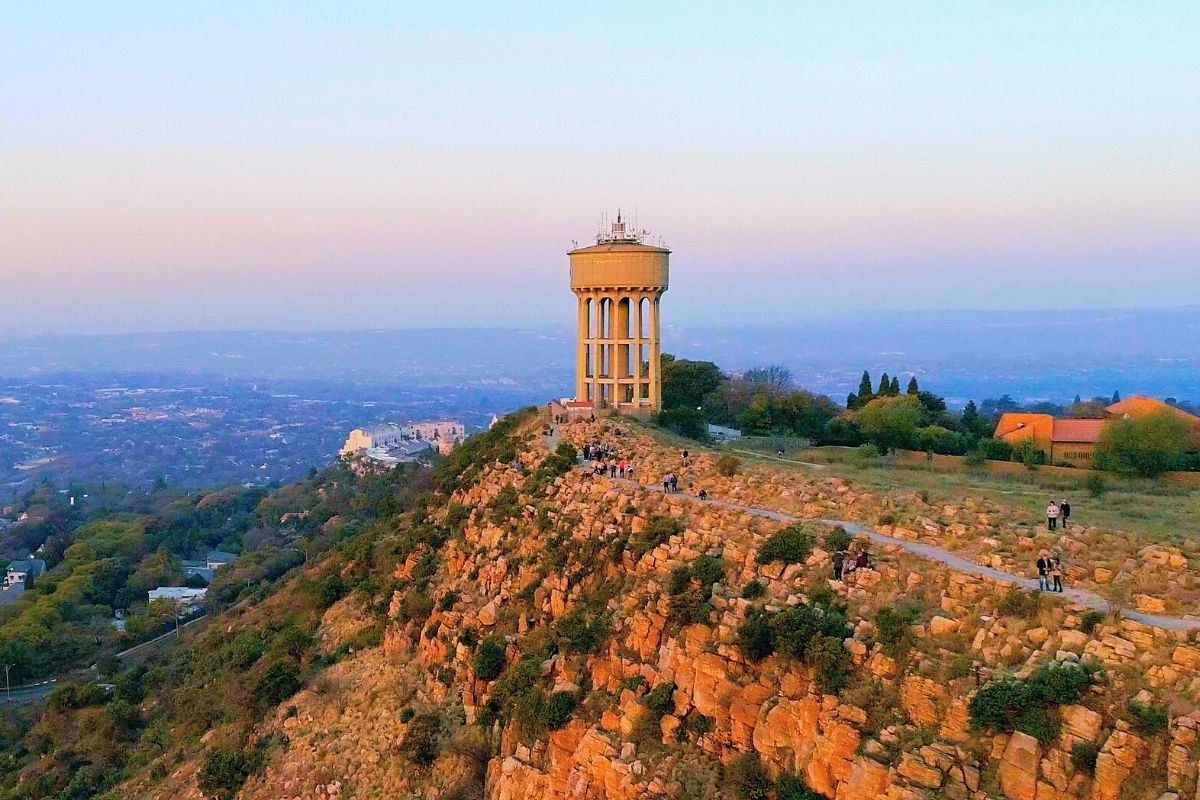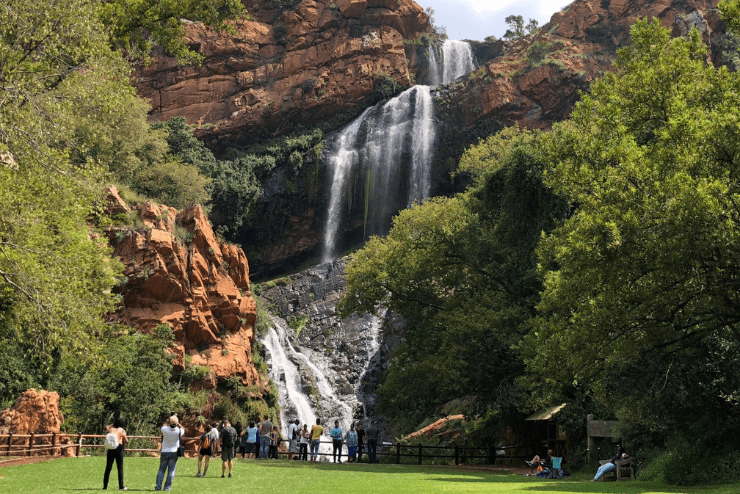Excitement About Johannesburg North Attractions
Table of Contents9 Simple Techniques For Johannesburg North AttractionsJohannesburg North Attractions Can Be Fun For AnyoneExcitement About Johannesburg North AttractionsThe smart Trick of Johannesburg North Attractions That Nobody is Talking AboutFascination About Johannesburg North AttractionsThe Single Strategy To Use For Johannesburg North Attractions
The city owes its place to the presence of a much more valuable source: gold. The city grew on the edge of the Witwatersrand Main Coral reef, a subterranean stratum of gold-bearing quartz-silica conglomerate that arcs for hundreds of miles underneath the Highveld. A lot of the gold mines in the city stopped procedure in the 1970s, but in its day the Witwatersrand gold industry represented even more than 40 percent of the world's yearly gold manufacturing.Johannesburg has a pleasant environment. Summertime temperature levels balance about 75 F (24 C); winter months temperature levels average concerning 55 F (13 C) and just occasionally dip below freezing. The city delights in about 8 hours of sunshine per day in both winter and summertime. Rain standards concerning 28 inches (700 millimetres) per annum, but the overall varies considerably from year to year.
What rain the city receives falls almost solely in the summertime, typically in incredible late-afternoon electrical tornados. Air air pollution postures a significant issue, especially in the winter months, when thermal inversions impede the westward circulation of air from the Indian Ocean. Contamination is most extreme in the largely resolved Black areas on the city's periphery, where many residents still depend on coal for fuel.

Not known Facts About Johannesburg North Attractions
The balance of the city is inhabited by whites. Accommodation differs in character and high quality.
Physical growth, although rather limited by transport, proceeded promptly as migration to South Africa, and Johannesburg in certain, enhanced considerably. This trouble was solved in the 1930s when the automobile was introduced in automation to South Africa. Automobiles were, for the many component, confined to the well-off, and allowed them to transfer to the north of the city and commute right into the centre.
Many inadequate residential areas were combined, with inadequate blacks and whites cohabiting, although the rich residential areas were normally scheduled for whites. This transformed with the political election of the National Event in the 1948 elections, that began to formalise the system called discrimination. Apartheid officially designated which residential areas each race could stay in under the Team Areas Act.
The previous system of eleven numbered regions was reorganised in 2006. Marshalltown, as seen from the top of the Carlton Centre. The M1 and M2 run behind the structures, and the southerly residential areas expand past the highway border. The central city of Johannesburg lies within the city's Region F. The estimated population of the region is 200,000, [] but the variety of people residing in the inner city on an informal basis is unidentified, as many are illegal aliens. Most higher-income citizens and white people have moved to the northern residential areas and have actually been changed by lower-income black individuals. The unemployment, education and learning, and age accounts of the location are all unidentified, as a result of the difficulty of acquiring dependable use this link info about the area.
Some Known Questions About Johannesburg North Attractions.
Yeoville and Bellevue have a mix of apartment or condo buildings and solitary domestic devices on tiny whole lots. The region is located on a hilly divide that runs from east to west.

Johannesburg Stadium, a training ground for both the Golden Lions and Orlando Pirates, is adjacent. The eastern suburbs of Johannesburg lie in the city's 7th [] and 9th [] regions. The area is likewise functionally integrated with East Rand boundary communities beyond the official border of Johannesburg, such as Bedfordview and Edenvale (both component of Ekurhuleni Metropolitan Town).
Johannesburg North Attractions Fundamentals Explained
R. Tambo International Airport Terminal). The eastern suburbs are a few of the earliest locations of Johannesburg, there are large communities of Jewish and various other European histories, most of the population is English speaking. There are 3 golf links as well as a number of secured ridges with viewsites. There are numerous strong and up-market entertainment and purchasing areas in the east such as the Eastgate Shopping Center and the Greenstone shopping center.
The location is from this source mainly composed of old "matchbox" houses, or four-room residences constructed by the federal government, that were developed to supply inexpensive accommodation for black workers during discrimination. Soweto is an abbreviation, representing "South Western Townships". Street after road around is lined with matchboxes; nonetheless, there are a few smaller sized areas where thriving Sowetans have actually developed houses that are a lot more comparable in stature with those in even more affluent suburban areas.
Hostels are an additional prominent physical feature of Soweto. Initially constructed to house male migrant workers, numerous have actually been improved as homes for couples and families. The N1 Western Bypass skirts the eastern boundary of Soweto. The suburb was not traditionally allowed to create employment centres within the area, so mostly all of its residents are commuters to other parts of the city.
3 Easy Facts About Johannesburg North Attractions Described
The household areas in the northern suburbs are mostly formal, with no significant locations of informal real estate, or housing that does not have an irreversible framework. This is a well-known location, there is a pattern of land usage change from property to business, specifically along major arterial roads and around well established nodes.
The location is well connected to roadway networks, especially along the north-south axis developed by the M1 and N1. Roadways to the east and west are less well developed, as there are no highways travelling in that instructions. In the direction of the north boundary of the city, the thickness of development decreases, leaving big areas of undeveloped land around Midrand.
Indicators on Johannesburg North Attractions You Need To Know
The first suburb to the north of the central city is Parktown, which is situated on a hill ignoring the central city and Hillbrow. It has several wealthy citizens and Edwardian-design mansions, along with the Education and Clinical universities of the College of the Witwatersrand. The large concrete our website Charlotte Maxeke Johannesburg Academic Hospital controls the skyline of Parktown.